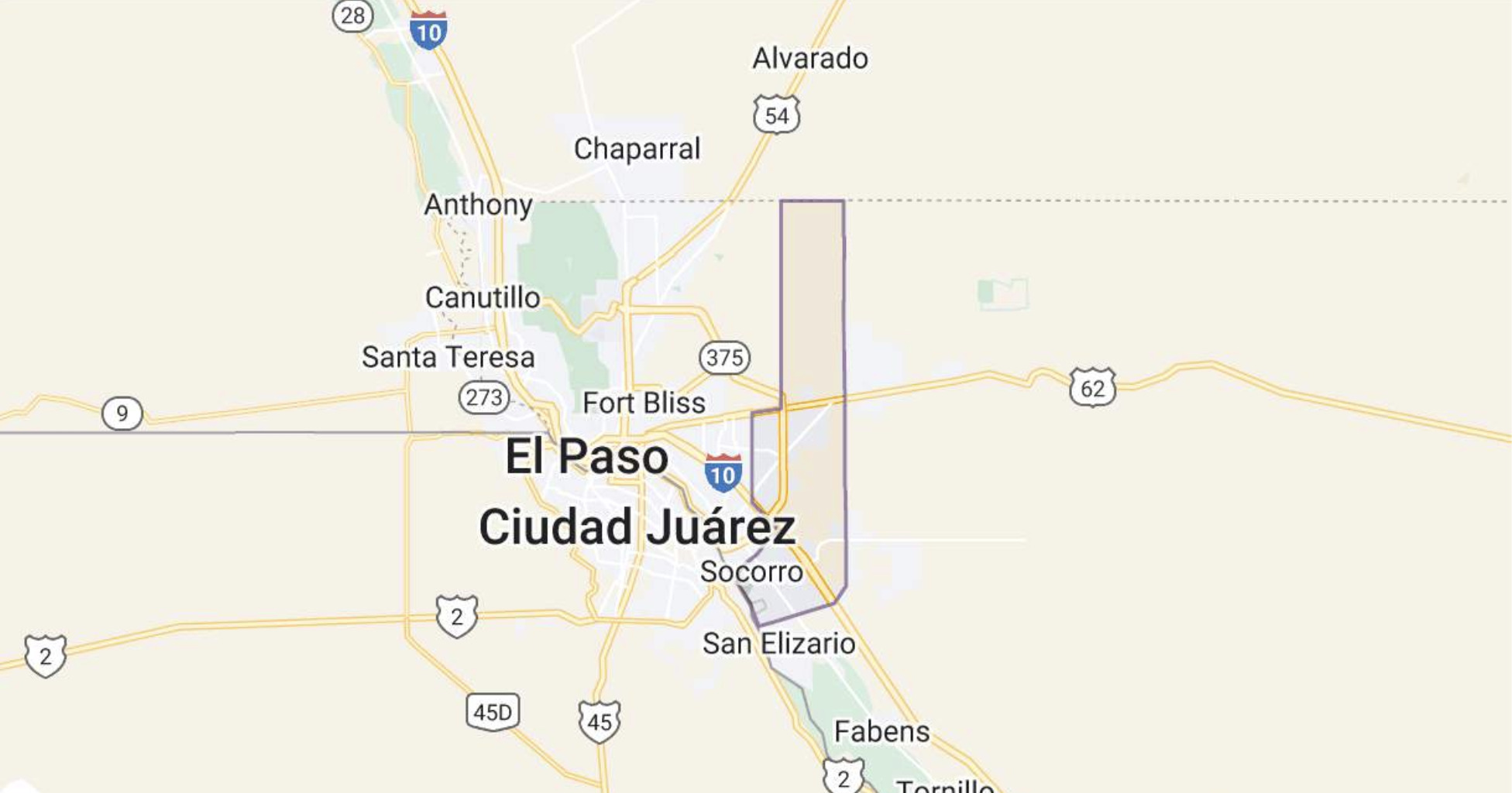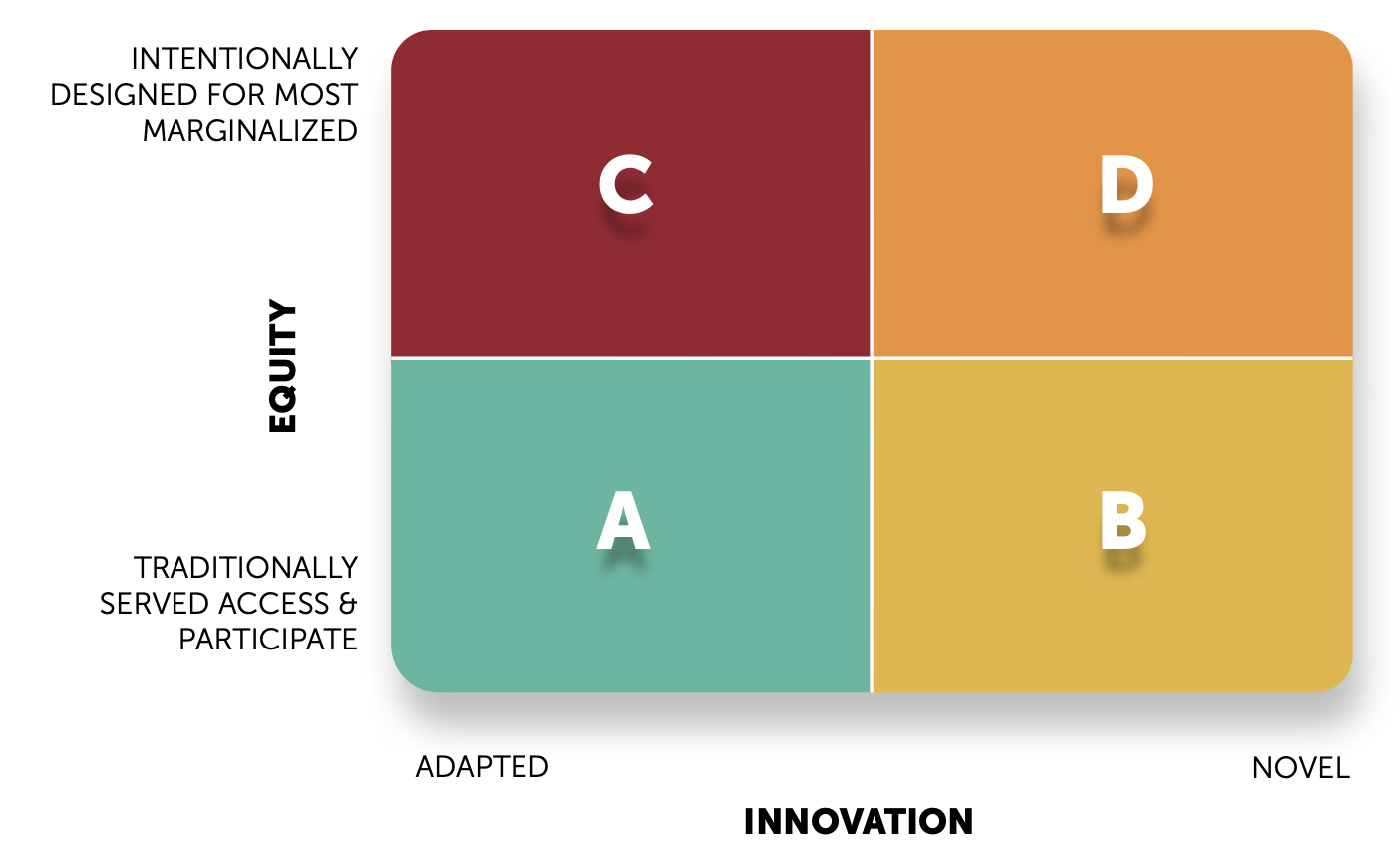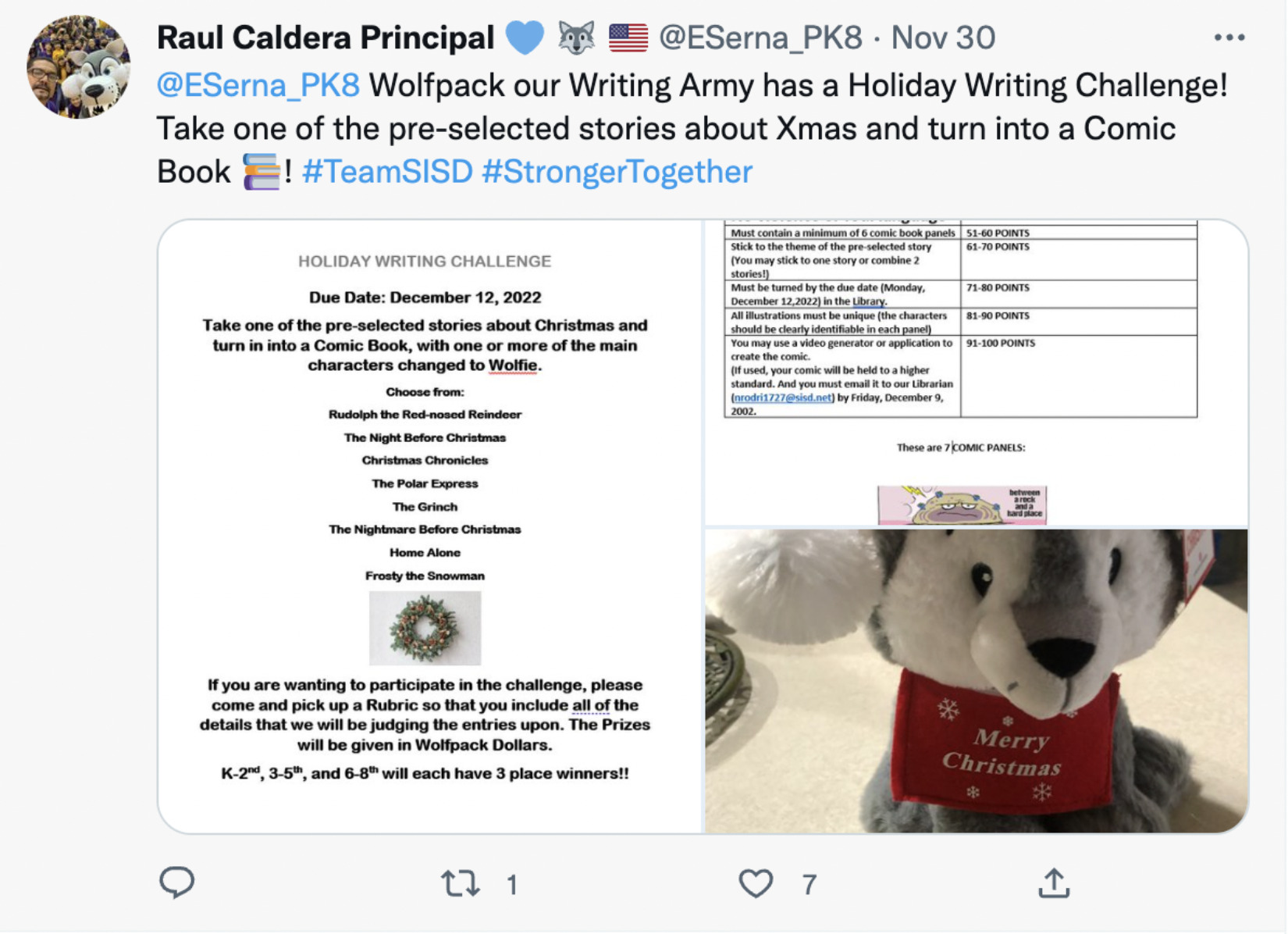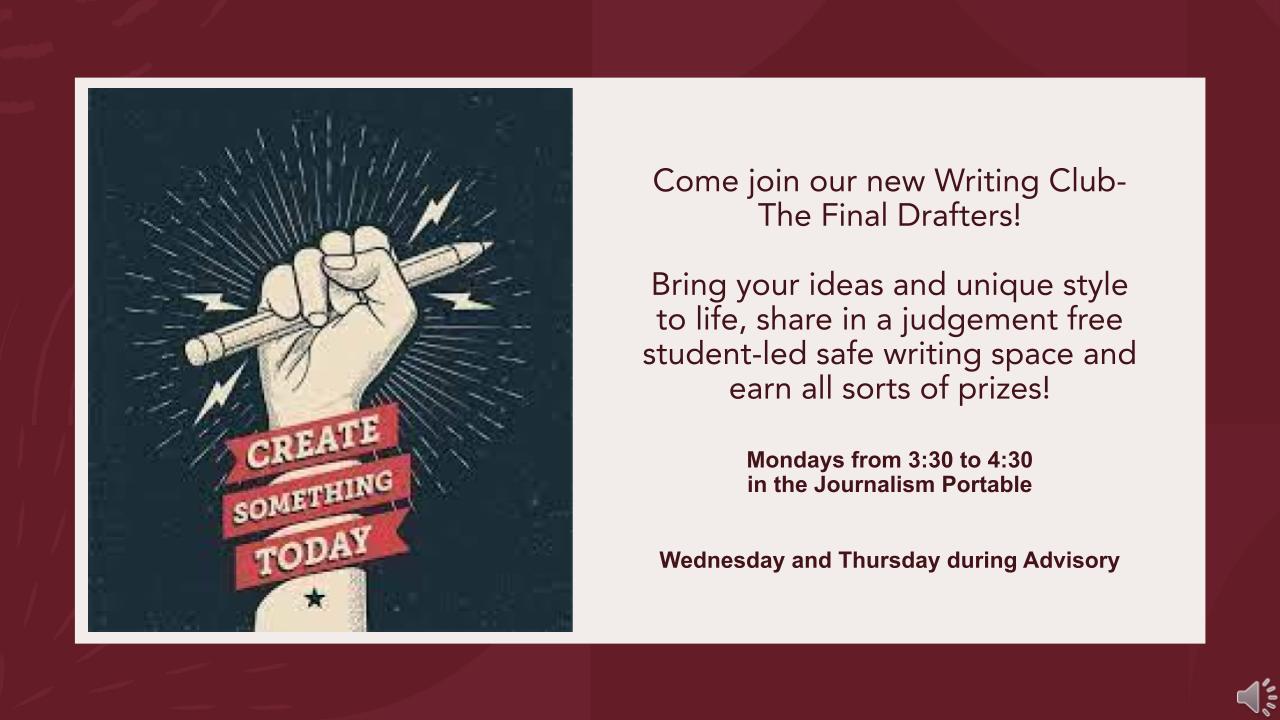The Socorro Independent School District (SISD) is a rapidly growing school district serving more than 47,000 students in El Paso, Texas. With free Pre-K for three- and four-year-olds, free college classes, innovative advanced academic academies, advanced career and technical training, award-winning fine arts, championship athletics, state-of-the art technologies, and world-class facilities, Team SISD students receive an educational experience that ensures they are successful now and in the future.

Socorro District Map
During the 2020-21 school year, 69.7% of students were classified as economically disadvantaged, 25% of students were classified as English Language Learners and 11.4% came from military-connected families. The class of 2020 had a 91.8% graduation rate. Graduates earned $61.8 Million in scholarships and grants.
Through their engagement in the Inclusive Innovation process, the Socorro team hoped to find ways to boost scholars’ confidence and increase participation in self-expression and writing across the curriculum.

The Socorro team noticed that many of their middle school scholars demonstrated a lack of confidence and comfort with writing. Many scholars expressed self-doubt based on past failures and struggled to express their ideas using academic vocabulary. Scholars also seemed to lack enthusiasm for writing, which the team hypothesized was due to an overemphasis on academic writing and too few opportunities for meaningful self-expression.
This journey map offers a visual overview of the Inclusive Innovation process for this project. The project story follows below.
Connect & Commit
During the first phase of the Inclusive Innovation process, the team focused on building relationships and trust. The team mapped local assets to ensure they were elevating the wealth of expertise available from community members.
The team focused on developing a team charter in order to establish their collective purpose, goals, and objectives. They focused on what co-decision-making and co-leadership could look like throughout the process and defined ways of working together that center equity.
Sample Equity Commitments
Inquire & Investigate
In the next phase of Inclusive Innovation, the team developed their skills as co-researchers by gathering and analyzing data to deeply understand the challenge. The team started digging into the challenge by hypothesizing root causes. After generating a long list, they prioritized the factors that seemed most relevant. To test their hypotheses, team members developed focus group questions and conducted focus groups with key community members. Students spoke with current students and alumni, teachers spoke with colleagues, and parents and community members spoke with peers. The team then analyzed the community input and identified three root causes that seemed most relevant.
Root Cause
Students feel disconnected from prescribed, structured writing and want more opportunities for free writing.
Students want to write about topics they’re interested in and use diverse forms of expression.
Students need trusting relationships with teachers to counteract the fear of being judged and previous adverse experiences.
Root Cause
Students feel disconnected from prescribed, structured writing and want more opportunities for free writing.
Students want to write about topics they’re interested in and use diverse forms of expression.
Students need trusting relationships with teachers to counteract the fear of being judged and previous adverse experiences.
The next step for the team was identifying a priority problem to address. The team drafted several priority problem statements and then voted on the one they felt was strongest. To prioritize student voice, they used a dot voting process in which students had more opportunities to vote than did adult group members. The group agreed on the following:
Teachers need innovative strategies to help them design authentic writing opportunities that support and nurture scholars’ creative expression through a medium of their choice. Scholars need opportunities to use their distinctive creativity to enhance their learning through writing across all content areas.
The final activity in the Inquire & Investigate phase focused on developing outcomes and indicators. To identify outcomes, the team considered the question, “If the solution addressing the priority problem is successful, what will students be able to know/do/feel?” To determine indicators, they considered changes in behavior as well as mindset and worked to complete the statement “I will know we are moving towards the outcome when I see/hear…” The team agreed upon the following measures:
Proposed Measure
Scholars demonstrate increased confidence as writers.
Scholars take up opportunities for authentic, creative expression through writing.
Scholars write across the content areas.
Proposed Measure
Scholars demonstrate increased confidence as writers.
Scholars take up opportunities for authentic, creative expression through writing.
Scholars write across the content areas.
Design & Develop
The teams began this phase by focusing on the students furthest from opportunity and creating student personas. To accomplish this, the team designed and implemented a student survey. They analyzed almost 200 responses, looking especially at students who indicated they didn’t think writing was important for their futures, English Language Learners, students with IEPs, and others who had previously demonstrated challenges related to writing.
Once they were clear on who they were designing for and understood these learners’ strengths, wants, and needs, they brainstormed and prioritized solution concepts in initial design studios where they were encouraged to stretch their concepts to maximize innovation and equity.

They then shared their concepts with fellow students and educators through a series of focus groups. Using the data from these focus groups, they identified the solution concepts with the greatest promise and chose one or more solutions to develop. Development involved drafting, testing, and revising versions of the solutions to create prototypes ready for implementation. See the solutions they designed below.

Implement, Iterate, & Sustain
The teams began implementing their solutions in the Fall of 2022 and have continued implementing and refining the solutions throughout the Spring of 2023. They are currently exploring ways to sustain these solutions in the upcoming school year.
Small Writing Groups
Small writing groups provide safe spaces where scholars are encouraged to share their writing and ideas without judgment.
Ernesto Serna Fine Arts Academy (previously Ernesto Serna K-8 School)
Student ambassadors, selected from the principal’s student advisory group, created and launched five small writing groups based on their interests:
The writers collectively call themselves Serna’s Writing Army. Since Serna is a K-8 school, the original groups included students from varying grade levels. The student ambassadors provided daily writing prompts and encouraged older students to support younger students attending the sessions. The ambassadors recruited students via morning announcements and hosted monthly writing contests to encourage writing throughout the school.
As the school year was ending, the principal received a grant to change the school to a fine arts academy. With that award, he has provided Serna’s Writing Army with a dedicated classroom for hosting their writing groups and a media room with recording equipment for the newsletter group to share school-wide announcements.

SSG Manuel Puentes Middle School
Student ambassadors recruited by the lead teacher on the project met regularly after school to design the components of the writing groups prior to launching:
Once they had completed the design of these components, they presented their idea to the school faculty and encouraged teachers to send struggling writers to attend the sessions.
“Our goal is to make students that are not confident in writing and make them love [it] and to try our hardest to do that.”- Puentes Student.
When the writing groups launched, the Final Drafters hosted groups that focused on poetry, science fiction, romance, and horror. To encourage more students to participate, they followed the lead of their counterparts at Serna and started implementing monthly competitions. When we last spoke with the students toward the end of the school year, they consistently had 16 students attending the writing groups and planning the next steps for next year.


Interactive Writing Gallery
This online space enables scholars to share their writing and receive feedback from peers. Teachers can post writing prompts, including ones focused on culturally relevant topics, and students can use guidelines generated by their peers to provide constructive feedback. The team generated an Interactive Writing Gallery Guide with guidance and templates for use in planning and implementation.
Explore the Strengthening Student Voice and Choice in Adolescent Writing project: